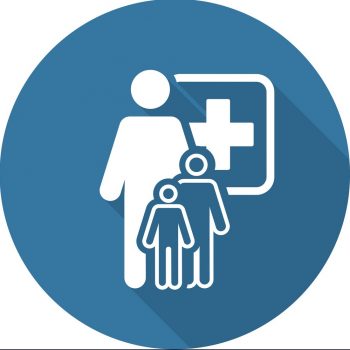Project Details
About the Project
When someone enters the Emergency Room in a state of agitation, it takes skill and awareness to manage the situation and avert any harm, to either the patient or the ER staff. This is even more pressing when the agitated patient is pediatric. Teens, particularly those 14-17 years old, have emerged as a new population of agitated delirious youth who are affected by a range of substances, often polysubstances. In light of the lack of set pathways for care of these young patients, and the variability in care location and medications used that results, Pediatrician Dr. Jennifer Balfour, Emergency Room physician Dr. Jason Wale, and Pediatric Intensive Care Unit physician Dr. Jeff Bishop wanted to collaborate with relevant specialties together to discuss how to consistently improve the standard of care.
With overarching support from Executive Medical Director, Dr. Christine Hall, the group began by liaising with Child Psychiatry, Pediatric ICU, Pharmacy (Kyle Davis), Emergency Room physicians, Nursing IT (Robyn Candell) and the Department of Pediatrics to discuss their intersections of care of agitated youth patients. Having identified the lack of a consistent, evidence-based guideline, the group set about constructing this tool. They imagined a hypothetical practitioner faced with this type of case and tried to devise a guideline that could highlight the major pitfalls and safety considerations. The goal was a guideline that could be easily implemented to benefit the care of the patient, reduce the use of security and restraints, maintain the patient’s dignity, and maintain physicians’ sense of competence.
Their end result was a flowchart depicting the steps for approaching care of these patients. By consolidating these processes, the guideline aims to avoid each incoming patient being treated as a ‘new case’ requiring an ad hoc approach to medication, Most Responsible Physician determination, location of care, restraint, and safety of staff. An important by-product of this work was a tangible sense of agency and teamwork that emerged between the pediatric, ER, and PICU clinicians and staff. The group continues to refine the guideline based on feedback from physicians and staff, and hope to present an updated version to the Emergency Quality Council in early 2022.

